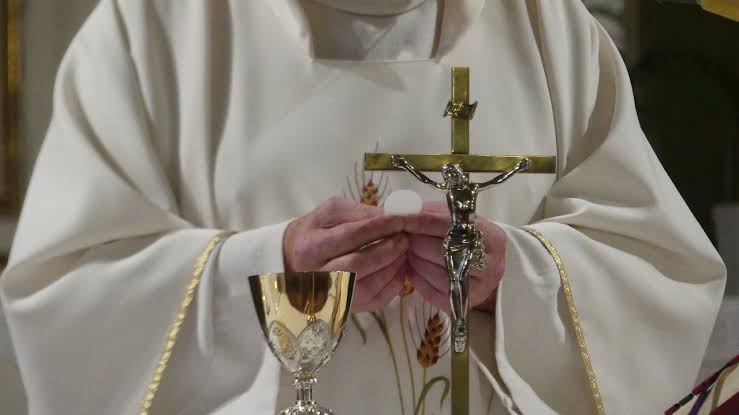Doctrine
What happens when a Catholic Priest leaves the Priesthood, Laicized or Defrocked.
Being laicized refers to returning to the lay status or being freed from ecclesiastical responsibilities. A priest who is laicized ceases to be a priest and is no longer permitted to carry out priestly functions in the Catholic Church. Laicization may be involuntary, in which case the Church removes the priest from the clergy, or it may be voluntary, in which case the priest requests to be released from the clerical state.
What happens if a priest becomes laicized?
A priest who has been laicized, or reverted to the lay state, is one who has left the priesthood and is now a layperson. While a laicized priest is no longer a member of the clergy, he is still considered ordained and may be addressed as “Father” or “Father [Name]”.
Holy Orders is a character sacrament; once validly received, it is never invalidated for any reason.
Despite the fact that the cleric has been laicized and no longer serves as a deacon, priest, or bishop, he retains the sacramental character of Holy Orders. Technically, if he performed a sacrament in accordance with Church norms, that sacrament would be valid.
The sacrament, however, would be illicit, implying that he violated Church law and would be held accountable because he no longer has the faculties to perform any of the duties of a priest, such as celebrating Mass or administering the sacraments.
The Code of Canon Law makes one exception for emergency circumstances: “Even though he lacks the faculty to hear confession, any priest validly and licitly absolves from any kind of censures and sins any penitent who is in danger of death, even if an approved priest is present” (#976). Here the Church is recognizing the indelible spiritual character received by the priest– although now laicized– at his ordination.
Difference between Laicized and Defrocked
Both laicized and defrocked refer to the removal of a clergy member from their position, but they are used in different contexts.
Laicization is the process by which a Roman Catholic priest or member of a religious order is returned to the lay state, which means they are no longer a member of the clergy and do not have the rights and responsibilities that come with that position. This can occur voluntarily, when a person decides to leave the clergy, or involuntarily, when the church decides to remove a person from the clergy.
Defrocking is the removal of a minister’s ordination or the revocation of their right to perform ministerial duties. This term is used more broadly to refer to the dismissal of a clergy member from any faith tradition, not just the Roman Catholic Church. Defrocking can also occur voluntarily, when a person decides to leave the ministry, or involuntarily, when a church decides to remove a person from the ministry.
In general, laicization and defrocking are both serious actions that result in a person being removed from the clergy and losing their rights and responsibilities as a member of the clergy.
Can a priest who left Priesthood still return as a Priest
Assuming a Priest left the Catholic Church and entered another Denomination or Religion, later decided to return as a Priest in the Catholic Church. In this situation, he doesn’t need to be reordained because the sacrament of holy orders is a character sacrament, it can’t be Invalidated. He would only have to seek permission from the Holy Father to return as a Priest and complete whatever other requirements the bishop or other Church authority would impose on him.
About Author
























